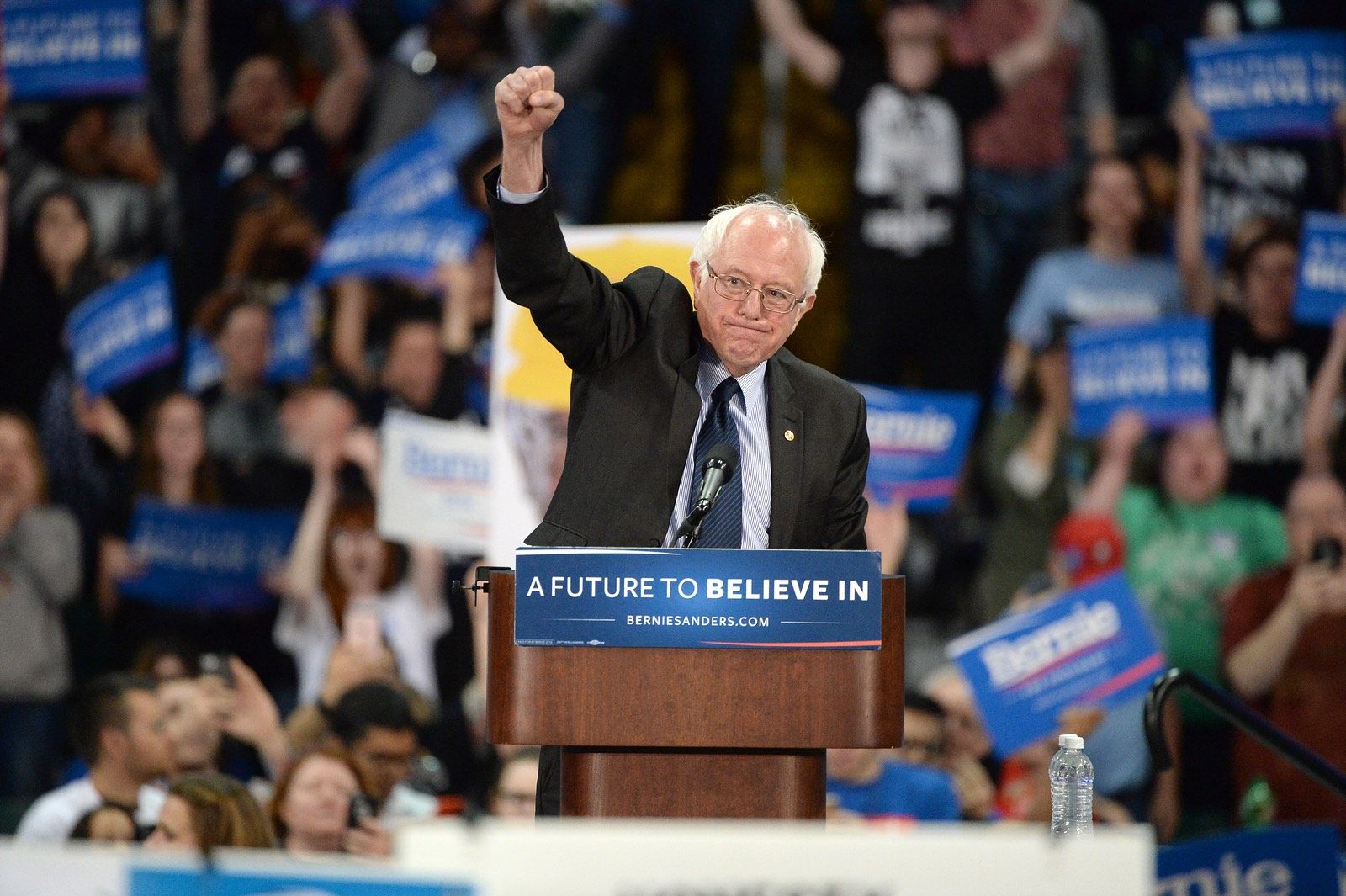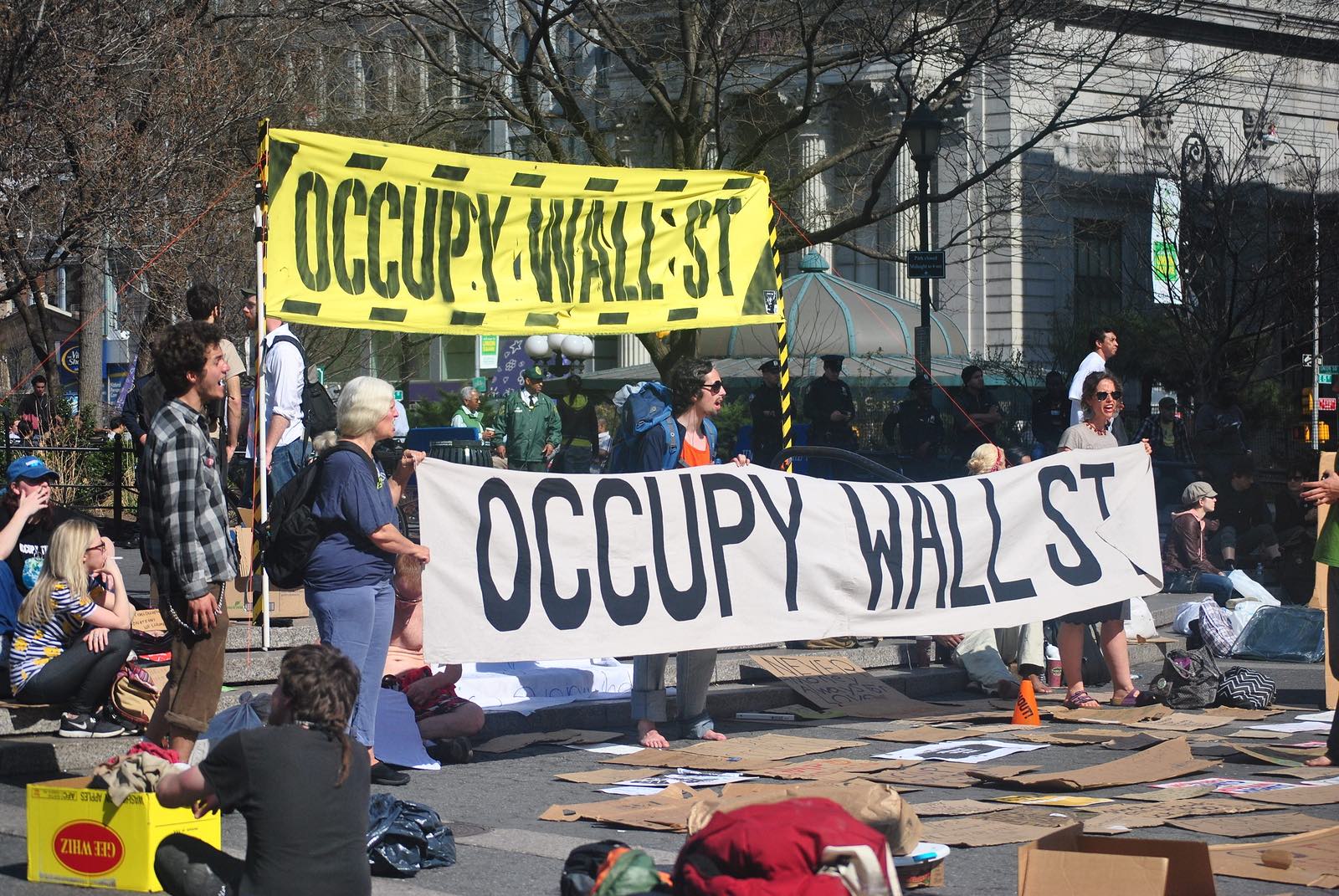This is the third part of this four-part series. I highly recommend that you read the first two parts before reading this section, otherwise you will miss the purpose and direction of this article. Here are the first two parts: Part I: The Start of Communism and Part II: Class Struggle Defined.
THE PERCEPTION OF OPPRESSION
There is the perception of systemic oppression that continues to be perpetuated upon the American public. The arrogant, who primarily include politicians, activists, and intellectuals, continue to besiege individuals and groups (such as the young and impressionable, as made obvious by the poll results mentioned in Part II) with the idea of “class struggle”.
It is not a perceived class struggle, for there truly is such a thing. But for many, the class struggle is misperceived. The class struggle that exists today is, as I mentioned earlier, one of birth and/or circumstance, and not of force.
SIDE NOTE: Now, one can make the argument about the class struggle created against Blacks that began its systemic approach in the 1980s with the War on Drugs due to decades of lax border and customs enforcement (just watch the Netflix show “Narcos” about Pablo Escobar). Drug infiltration was very pre-1980s, but it dominated the landscape, enabling legislation to make laws that would create a downtrodden society and result in a wider divide within classes.

The perception in the eyes of the younger generations, most specifically the Millennials, is “class struggle”. As touted by the recent poll numbers above, many clamored to the socialist ideals of Bernie Sanders during his run for the 2016 presidency. It was a push to demonize the top 1% as not pulling their weight in American society and for having too much power in American politics, all of which can be debated sufficiently by either side. Sanders made promises for a lot of things—most of them free. Free health insurance, free college education, increased minimum wage, and higher taxes on people who make more than $250,000 per year. The promise seems pretty wonderful. Even magical. And it would have to be pretty inclusive with magic (Money can’t just come from nowhere…or can it?).
“This is not some type of utopian dream,” Sanders said in a speech during his campaigning. But actually, yes, it is.
This promise that the wealthy will pay for most things may have a direct correlation with the unemployment rate of Millennials. As the overall unemployment rate has continued to drop, currently at just over 5%, the unemployment rate for Millennials is stagnant at just over 12%. This may explain why many are able to continually march in numerous demonstrations, or spend weeks on end in protests, such as the Occupy Wall Street movement of five years ago. Don’t confuse this statement. Protests are very much a part of the fabric of our American heritage, but so is going to work. What isn’t part of that fabric is getting things for free.
SIDE NOTE: The clamor for everything equal is in itself a fallacy. If we truly required everything to be equal, then shouldn’t we be demanding everyone pay out an equal percentage of taxes? No. That wouldn’t be very helpful, would it? In fact, it would be downright catastrophic. Equality itself is sometimes unequal, which can often be for the better.
The decrying against the 1% (upper class), or the “bourgeoisie”, has instigated the demand for equality. It is us against them. The working class against the elites. It is Marxism’s “oppressor and the oppressed”. For this reason, it has become much easier to voice the need for a revolution.
MISPERCEPTION LEADING TO AMERICAN REVOLUTION?

The Occupy Wall Street movement, according to its website, identifies as a “leaderless movement” in form with using the “revolutionary Arab Spring tactic to achieve our ends”. Interestingly enough, the Arab Spring tactics involved demonstrations, protests, riots, coups, and civil wars. I’m certain Micah White, the founder of Occupy Wall Street, isn’t particularly interested in a violent uprising. Or is he?
ANOTHER SIDE NOTE: Could it be any more insulting to the people of the Arab Spring movement, which included Tunisia, Egypt, Yemen, Bahrain, Libya and Syria, to have their struggles compared to the struggles of the American people? It is simply further proof of not only the ignorance of history of those behind this movement, but also the arrogance of those who make such comparisons.
White states that protests aren’t working anymore and the basis of this claim is because the Democratic Party lost the 2016 election.
“The dominant tactic of getting people into the streets, rallying behind a single demand and raising awareness about an injustice simply does not result in the desired social change,” White said in an opinion piece written for The Guardian. “American activists must move from detached indignation to revolutionary engagement. They must use the techniques that create social movements to dominate elections.”
What are the tactics to be used? He uses several examples: the Pirate party of Iceland, the 5 Star Movement in Italy, and Europe’s Diem25. Of course, he tells the reader to “focus on the form and not the content” of these movements. That’s a rather interesting directive due to the fact that the content of anything always guides the form.
White tells his followers that the best method to “capturing sovereignty” is by starting locally and then moving nationally. He calls for a focus on “lightly held and rarely contested” places, especially rural communities.
What is strange is that White is devaluing the old tactics for social change, or what he calls old tactics, while at the same time praising tactics that are just as old. “Capturing sovereignty” is a technique typically used in most social movements of the past 100 years—start small and end big. Move up the ranks of political “sovereignty.”
This old tactic is based on the hope that the rural communities will be uneducated and easily swayed. If one can simply gather the numbers, even the small ones in rural areas of the country, then the revolution will succeed. But how was this method of reaching the outstretched areas utilized? Here is the answer:

That was an excerpt from Vladimir Lenin’s pamphlet, To the Rural Poor, which was disseminated in 1903 to approximately 75 rural areas in the Russian countryside.
FROM RURAL TO NATIONAL. BUT GLOBAL?
Global has always been the endgame for Communism. And Communism has continued to hide under the guise of Socialism in order to best survive and maneuver within a democratic society. The connotation attached to its name is too strong. The endgame, however, is very much appealing, especially to fresh minds who have either disassociated from its reality or was never taught it. This is why White has no problem professing the following end result goal and the reason for utilizing rural areas:
“The endgame is a populist movement-party that wins elections in multiple countries in order to carry out a unified agenda worldwide. The spark for this electoral movement is bound to emerge from an unexpected place.”
This merely echoes Marx’s words: “They have a world to win.”
For the third time, Priestland rewords and asks the same question: “Is a fourth incarnation of Communism possible?”
Again, the answer is yes. The reasons behind the need for revolution, the tactics being used to create a revolution, and the end goal for the revolution are all synonymous with the Russian Revolution of 1917 and every Communist movement afterward.
PART IV
Is it just the Millennials clamoring for a revolution? How has socialism and communism infiltrated politics and education? Part IV is now available.